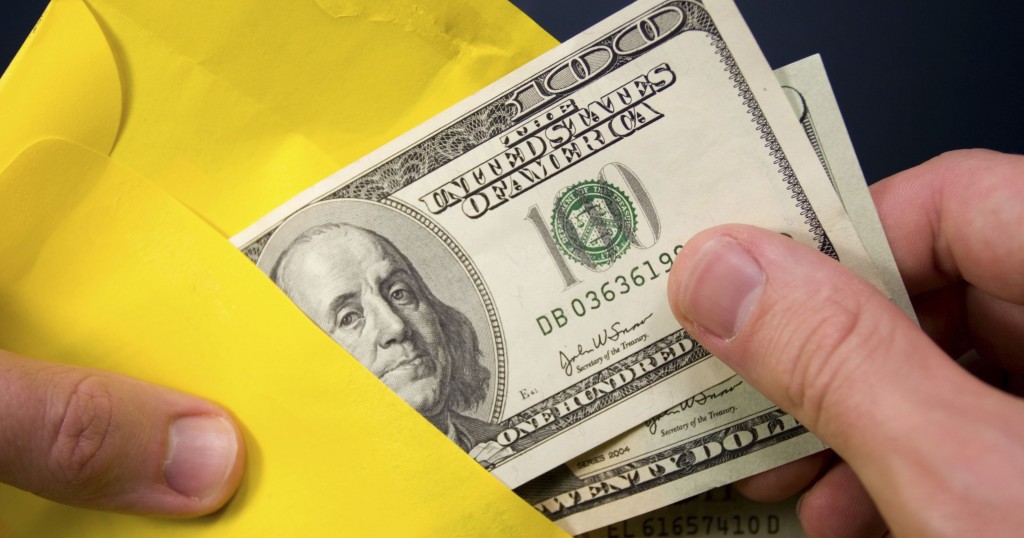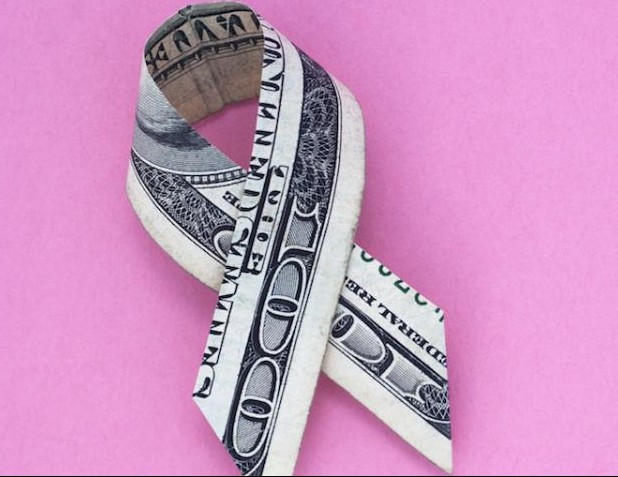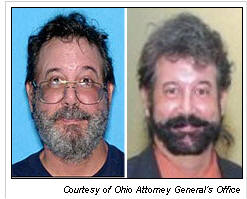Embezzlement, theft, and misconduct cases for non-profit organizations are making headlines, yet the scope of this problem seems to remain in the dark. Most people aren’t aware that public charities generate almost $1.9 trillion each year. Furthermore, almost 10% of all wages paid in the U.S. come from one of the nation’s 1,500,000+ nonprofits. Yet, what’s really surprising is the fact that only a small fraction of donations reaches the people it was meant for.

The Real Numbers
Fraud aside, the way legitimate charities manage their donations is alarming, to say the least. Here are some statistics that the non-profit business sector doesn’t want you to know:
- Of $1.74 trillion donated last year, $1.63 trillion – that’s 93.7% – was spent on operating expenses.
- The official salary of a mid-sized charity’s CEO ranges from $120,000 to $300,000.
- An entry level employee of an average American non-profit earns about $71,000 annually during their first 5 years of work – about $25,000 more than an average doctor or lawyer.
- Only 29% (500,868 of 1,507,231) of the nation’s charitable organizations rake in less than $1,000,000 each year.
- Religious causes earn 31% of all U.S.-based charities’ revenues, while educational charities make less then 16% and just 10% goes to healthcare organisations.
- Three out of four Americans research a nonprofit for less than 2 hours before making a donation.
- $25 billion a year is deemed as ‘non-loyal’ donations, which means they can transferred to other companies.

Expected Fraud
Over the past few decades, nonprofit fraud has become so commonplace that a decrease of charity theft is actually treated as a win by the authorities. In 2014, embezzlement and fraud were cited as the cause for over $150 million in losses for American charity organizations. That’s about $100,000 stolen by every single non-profit in the country.

Remember, that’s just the declared amount – investigations tend to reveal a much greater extent of fraud. For instance, in 2012, the Global Fund to Fight AIDS reported a “misuse of funds” totaling $43 million. Well, after an IRS audit, that number rose to over $60 million.
The Culprits
What kind of monster would steal charity money? The truth is, there is some extent of fraud at every level – from unjustified bonuses paid out to CEO’s to overestimated asking amounts of recipients.
Owners & Management

The most notorious culprits of nonprofit theft tend to be at the top of the food chain. Typically, they all run the same scheme. It starts by declaring millions as cost of fundraising by companies that just happen to be owned by the CEO’s family or friends. Next, 5-10% of those millions is used to raise more revenue through telemarketing and the like, while the rest disappear from everywhere except the company’s income statements. The worst part is that most of these people never pay for their crimes, using an army of layers to slip through legislative loopholes.
Low-Tier Employees

Of course, other staff members have also been known to steal from their charities. In particular, it’s the accounting department that tends to need the most oversight. For example, in 2011, Columbia University stated that their bookkeepers siphoned off $5.2 million by leveraging electronic payments.
Aid Recipients
These schemes tend to be more complicated and, in a way, more original than the rest. In this case, both the needy and legitimate charity organizations are the victims. Usually, people claim many times the amounts they really need, most often to rebuild from natural disasters or pay off medical bills.

That may not seem very sinister until you consider a real-life scenario. In 2010 a group of con artists created thousands of fake identities to demand compensation from The Conference on Jewish Material Claims Against Germany. Over the past decade, these people stole more than $40 million from families of Holocaust victims.
Most Infamous Non-Profit Theft Cases in History
Though seeing a nonprofit’s CEO on trial for embezzlement isn’t too surprising in this day and age, a few cases are still too hair-raising to ignore. Below are three of the most infamous instances of charity fraud in U.S. history.

Father Ritter
Bruce Ritter, a catholic priest known for running one of the most renowned charities of the 1980’s, received the highest praise imaginable, being endorsed by president Reagan, Bush senior and even Mother Teresa. His nonprofit, initially started in Ritter’s New York apartment, has grown into a multi-million dollar foundation to help struggling youths. So when multiple tax fraud, theft and sexual harassment allegations were made in 1990, the public was truly caught by surprise.

As it later turned out, Father Ritter had full control of the company, keeping oversight to a minimum. He diverted donors’ money to his mutual fund (called the Franciscan Charitable Trust), from which he loaned money to two of his staff members who resigned after the allegations. The story got even more alarming when a number of people who he “helped” came forward claiming that Ritter had sexual relations with them during their stay at his facility. From 1989 to 1992 four men and two women stepped forward with such statements.
American Breast Cancer Foundation
The total amount of donations embezzled by Phyllis Wolf from her charity, started in 1997, is still unknown. ABCF was one of the largest nonprofits in the U.S. for over a decade, until Wolf stepped down in 2010, amid a storm of theft allegations. The charity gained success by promising members that each donation will pay for a certain amount of cancer screenings. Meanwhile, only about 5% of funds were spent to help women in need.

Officially, Wolf spent almost 80 cents of every dollar raised to pay professional fundraisers, who were (allegedly) associated with her personally. In 2003, she hired Non Profit Promotions, a telemarketing firm started by her own son just months earlier, as the main fundraiser for ABCF. During the next 7 years, her son’s company charged more than $18 million to the charity. That year, Wolf’s salary was $126,500, while only $20,000 was paid out to cancer patients.
“Bobby Thompson”
John Donald Cody not only created a fake identity (Bobby Thompson) but also a fake charity, complete with a made-up history going back almost 80 years. His nonprofit, The United States Navy Veteran Association, was a complete sham, based on “records” Thompson ran by himself out of a duplex apartment. He earned donors’ trust by presenting over 60,000 veteran profiles and claiming that the USNVA has been operating in multiple states since 1927.

Thompson disappeared in 2010, after a warrant has been issued for his arrest and was caught two years later. After being identified as John Donald Cody, a Harvard Law School graduate and ex-CIA agent, he was sentenced to 28 years in prison. Cody stole a whopping $130,000,000 from donors around the country. At one point, he hired political lobbyists to convince a Virginia Senator to promote a law that allowed his charity to avoid being a registered company (or file taxes). After the investigation Senator Tycer made a public apology and pledged the $67,000 donated to him by Thompson to real veterans’ charities.
Wondering how you can avoid having your donations end up in a crook’s pocket?
To make sure it’s truly helping further a good cause, simply stay diligent. Take the time to research a company before giving – legitimate charities are completely transparent with their finances. You should easily be able to find their account payable aging report, list of receivables and a breakdown of their operating costs. We can’t fully eliminate nonprofit fraud but, at the very least, each of us should know how all of our own money is being used.